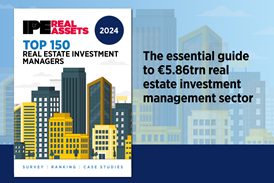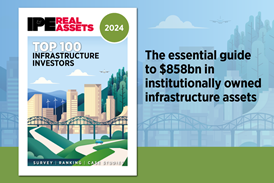Environmental, social and governance data specialist GRESB has released updated guidelines about green bonds for the property sector.

Aimed at real estate market participants originating or investing in green property bonds, the guidelines provide specific help on identifying green project eligibility, implementing investment proceeds, as well as communicating potential and actual green bond outcomes to stakeholders.
'Climate change and societal efforts to reduce carbon emissions have become one of the big investment themes,' said Nils Kok, CEO of GRESB (pictured).
'Alternative investments such as green bonds, used to fund environmentally-friendly projects, have emerged as a market-driven way of bridging the financing gap by directing capital to companies with projects that can slow carbon emissions as we work to avoid environmental catastrophe,' Kok added.
GRESB said that year-to-date green property bond issuance is slightly above $10 bn, accounting for 21% of the overall green bond market.
The 2016 version of the GRESB Guidelines adds specific guidance for issuers and investors in green property bonds, including a list of aspects, certification schemes and KPIs that issuers may incorporate into their frameworks and use for further monitoring.
'A comprehensive green property bond framework that underlines eligibility criteria and potential environmental impact is a valuable resource for market participants,' said Anna Denell, sustainability director of Vasakronan. 'Additional sector specific guidelines that further the Green Bond Principles are necessary, especially due to the wide range of opportunities and impacts presented by the real estate sector.'









